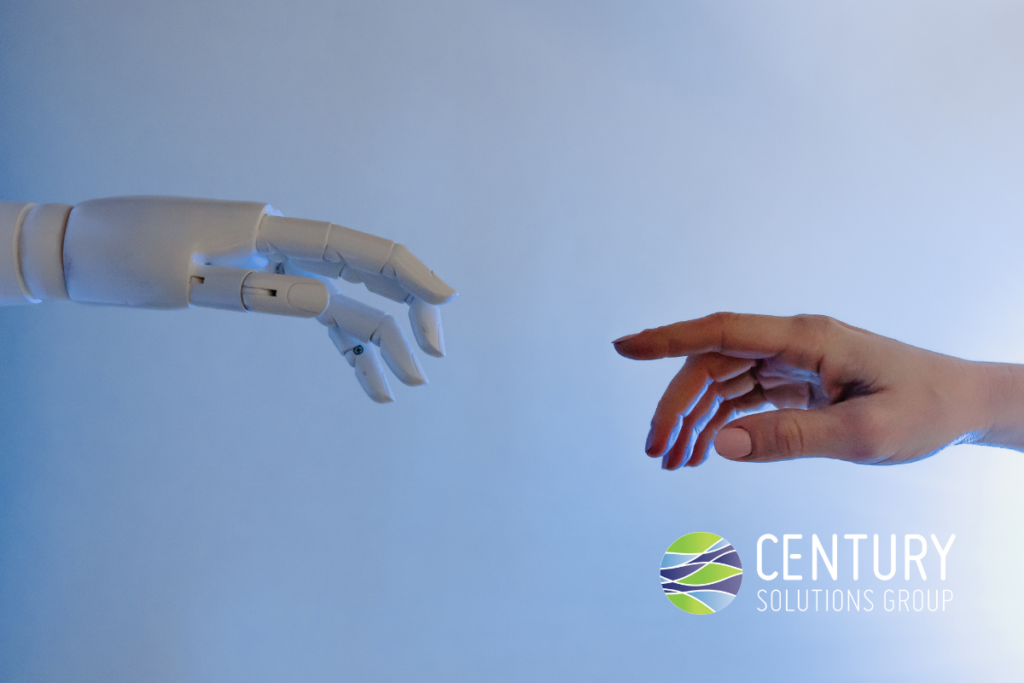As artificial intelligence (AI) continues to revolutionize industries, it brings not only opportunities but also evolving threats, particularly to sectors like public housing. Cybercriminals are leveraging AI to launch sophisticated attacks, targeting vulnerabilities that could compromise sensitive information, disrupt operations, and jeopardize the safety of residents. For housing authorities, staying ahead of these threats is not just about compliance—it’s about safeguarding communities. Here’s a closer look at the evolving threat landscape and what public housing authorities can do to protect themselves.
The Rise of AI-Driven Cyber Threats
Automated Attacks and Phishing Campaigns
AI is enabling cybercriminals to automate attacks, making them more frequent and harder to detect. Phishing campaigns, for example, have become more convincing with AI-generated emails that mimic legitimate communications, increasing the likelihood of staff members or residents falling victim.
Deepfakes and Misinformation
Deepfake technology can manipulate video and audio content, making it nearly impossible to distinguish between real and fake. This could be used to spread misinformation or impersonate key personnel, leading to unauthorized access or manipulation of critical data.
AI-Powered Malware
Malware is getting smarter with AI. AI-powered malware can learn and adapt to security measures, evading traditional defenses and causing extensive damage before being detected. This type of threat poses a significant risk to the infrastructure of public housing authorities, where systems are often interconnected and vulnerable.
Data Breaches and Identity Theft
Housing authorities hold a wealth of sensitive information, from personal resident details to financial records. AI-driven cyberattacks can quickly breach defenses, exposing this data to theft or ransom demands. The repercussions include not just financial loss but also erosion of trust and potential legal liabilities.
Steps to Protect Your Housing Authority from AI-Driven Threats
Implement a Zero Trust Architecture
Adopting a zero trust approach means verifying every access attempt, whether it’s coming from inside or outside the organization. This strategy minimizes the risk of unauthorized access and ensures that only verified users can interact with sensitive systems and data.
Invest in Advanced Cybersecurity Tools
Standard security measures are no longer sufficient. Invest in advanced cybersecurity tools that incorporate AI to detect anomalies, predict potential threats, and respond in real-time. Solutions like IN Citadel offer tailored cybersecurity packages designed to protect housing authorities from the evolving landscape of cyber threats.
Regular Cybersecurity Health Checkups
Regular assessments of your cybersecurity posture are crucial. A cybersecurity health checkup can identify vulnerabilities, evaluate the effectiveness of your current defenses, and recommend necessary improvements. This proactive approach helps in maintaining a robust defense against AI-driven threats.
Train Your Staff and Educate Your Residents
Human error remains one of the biggest vulnerabilities. Regular training for staff on recognizing phishing attempts, suspicious behavior, and proper data handling is essential. Similarly, educating residents on protecting their personal information adds an additional layer of security.
Monitor and respond with AI-Enhanced Security Measures
Use AI to fight AI. By employing AI-enhanced security measures like behavior analytics, intrusion detection, and automated response systems, you can better monitor your network and respond to threats in real-time. This reduces the window of opportunity for attackers to exploit vulnerabilities.
Collaborate with Experts and Stay Informed
Cyber threats are constantly evolving, and staying informed is key. Collaborate with cybersecurity experts who understand the unique challenges faced by public housing authorities. Attend industry conferences, participate in webinars, and stay updated on the latest threat intelligence to keep your defenses sharp.
Conclusion
The integration of AI into the public housing sector offers many advantages, but it also introduces new threats that must be managed proactively. By understanding the risks and implementing comprehensive cybersecurity measures, housing authorities can protect their operations and the communities they serve. The evolving nature of AI-driven threats calls for a vigilant, adaptive, and proactive approach to cybersecurity—because in the fight against cybercrime, preparation is the best defense.
Stay secure, stay vigilant, and stay ahead.

